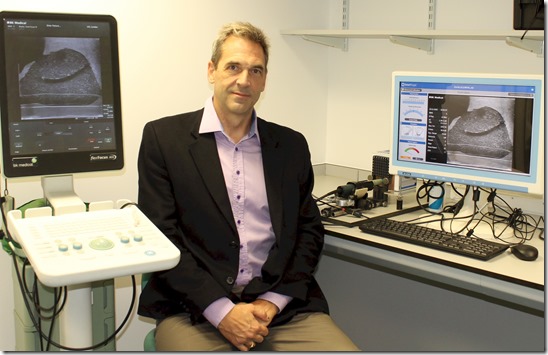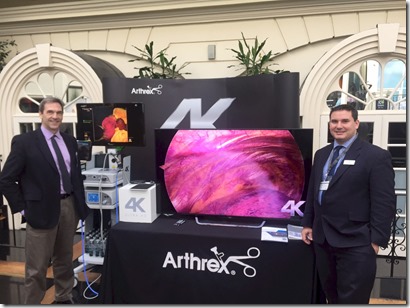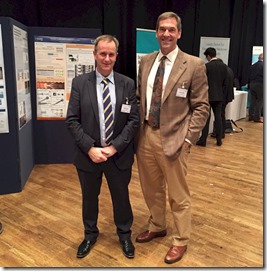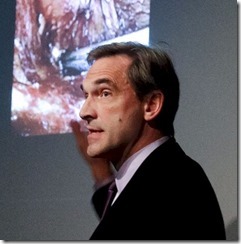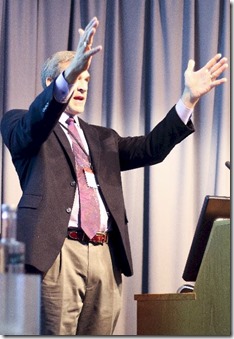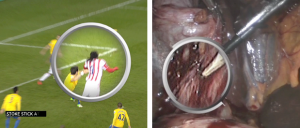SmartTarget today announced the appointment of Bruce Lynn as CEO. As a part of this move, the directors of Forclarity Enhanced Medical Imaging have decided cease operations and the company was formally round up in October.
Those who have followed and supported Forclarity are aware that the organisation had struggled to secure early stage funding with a number of promising and offered grants and investments opportunities not materialising for a number reasons. With the Forclarity technology remaining in the proof-of-concept (ie. pre-product) stage, the role at SmartTarget allowed Bruce to fast forward his vision of working with real-time surgical image enhancement by taking the lead of a fully-fledged, CE marked and FDA registered product with existing customers and hugely prestigious organisations ie. (UCL, Wellcome Trust).behind it.
Not only is SmartTarget more advanced than Forclarity in market position, it is also a significantly more advanced technology. One can think of real-time image enhancement in surgery as three levels of complexity:
- 1. Real-Time Image + <nothing>: Just image enhancement techniques applied to the image.
- 2. Real-Time Image + Real Time Image: Taking two different images (eg. different light frequencies or filters) taken in near real-time (ideally alternative frames) compositing the “best from both”
- 3. Real Time Image + Diagnostic Image: Taking high quality diagnostic imaging (eg. MRI, PET, CT) and compositing it onto the real-time surgical imaging (eg. Minimally Invasive video, Ultrasound).
Forclarity had primarily focused on a number of Level 1 innovations, but SmartTarget has been successful in cracking the serious technical challenges that enable Level 3.
For an indefinitely period, this www.forclarity.uk website will remain active (with notices of the change in its status) to help people who had previously heard of or engaged with the organisation to update them on its status and guidepost them to where they can reach Bruce Lynn if they have any questions about Forclarity’s work.
